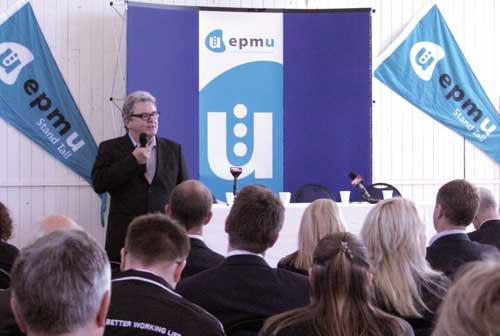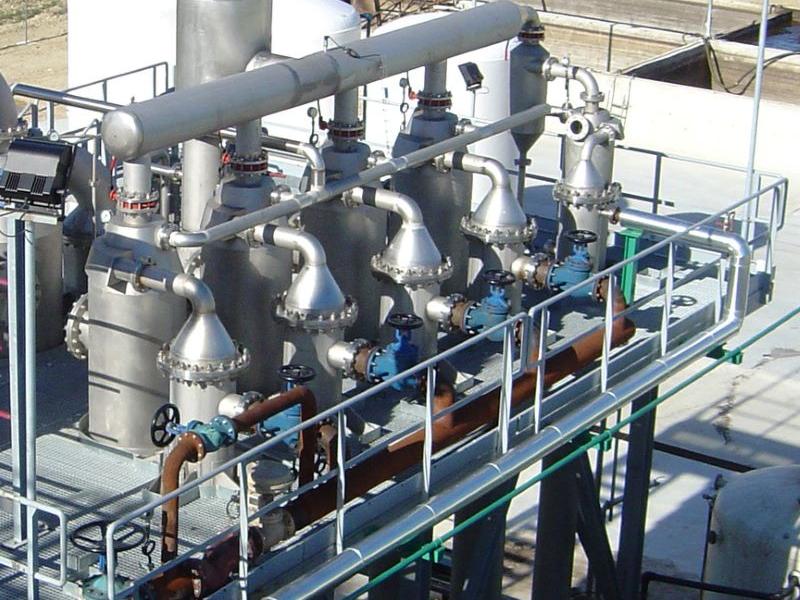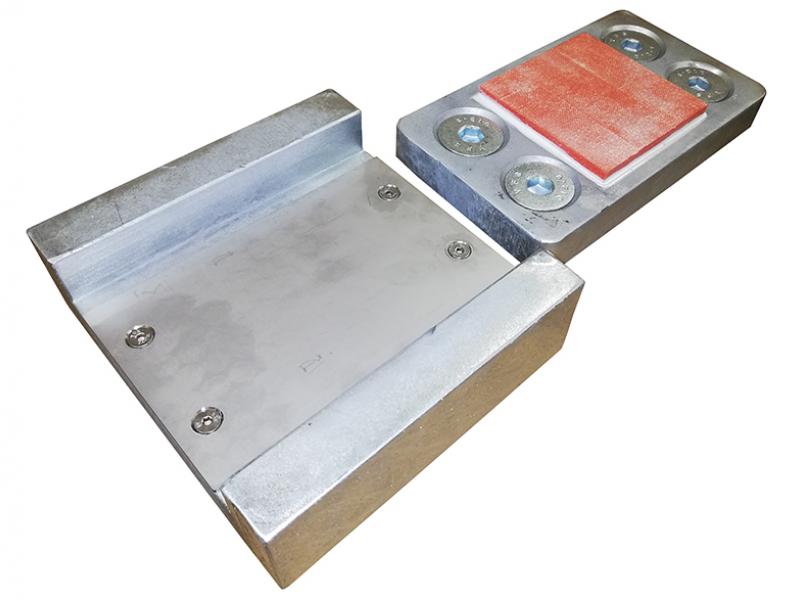Steve Hart reports on the latest talkfest to help generate jobs in manufacturing and make it easier for exporters to turn a profit.
When all else fails, hold a meeting. That’s what happened in 2009 when Prime Minister John Key held his Job Summit behind closed doors, bringing the country’s top CEOs into a room at Sky City.
The event was basically repeated last month – although this time it was led by unions and opposition political Parties. The first meeting was blue, the second, red – both were about finding ways to save jobs, create jobs and drive up exports.
The 12 October event at a hall in Auckland’s Grafton Road looked specifically at the country’s manufacturing industry and the high exchange rate, which is crippling exporters.
The event brought together manufacturing and exporting bodies, unions, economists and political parties to discuss how to build a future for manufacturing in New Zealand.
We at Engineering & Manufacturing magazine live and breathe this industry every day, but just so we are all clear, nearly 40,000 manufacturing jobs have been lost to the economy since 2008.
Those at the latest talkfest agree something needs to be done to stem the tide of redundancies and company closures in the manufacturing and exporting industries.
Among those who spoke at the event were Peter Conway, NZ Council of Trade Unions; Nick Inskip, Heavy Engineering Research Association; Selwyn Pellett, technology entrepreneur; John Walley, NZ Manufacturers & Exporters Association (NZMEA), and Hugh Whittaker of the University of Auckland.
EPMU national secretary Bill Newson says his union called the summit because of the “deepening jobs crisis in this country”.
“We wanted to bring together people involved in the sector to talk about how we can address the crisis and then to start to build support for a new approach that supports businesses, communities and working New Zealanders,” says Newson.
“The Government needs to take a more active role to support manufacturing. The industry speakers at our summit identified that the current crisis needs a political solution and this is exactly the kind of initiative we were hoping for.
“Our union will now start work on building a network of businesses, unions, economists and commentators who are passionate about high value manufacturing and want to work together to provide a future for the sector.
“We are also supporting the excellent initiative from the Council of Trade Unions and the NZ Manufacturers and Exporters Association to approach the government with some practical steps that it can take right now to support manufacturers and stem the flow of job losses.”
In a statement issued before the meeting, NZMEA chief executive John Walley said: “It is clear that New Zealand’s exchange rate is the key problem behind our poor export performance, and the resulting job losses we have seen over the past couple of months. Any denial of this problem is simply economic negligence.
“It is true that a lower exchange rate will mean higher petrol prices and more expensive imports in general, but sooner or later a flat line economy means no jobs, and therefore, no flat screen TVs. That is essentially the choice that confronts us.”
Robert Reid, general secretary of First Union says: “An inquiry into manufacturing won’t bring back the thousands of jobs already lost in the past three or four years, but it will draw attention to the jobs crisis facing manufacturing, and what can be done about it.
“Employers that our union deals with have consistently identified the volatile New Zealand dollar as the cause of closures or redundancies.”
Job losses
Workplaces hit by mass redundancies in recent months include Solid Energy’s Spring Creek and Huntly East mines, Norske Skog’s paper mill in Kawerau, the Tiwai Point aluminium smelter, Axiam Metals, Nuplex Industries, Flotech, Summit Wool Spinners, Goulds Fine Foods, Fisher & Paykel Appliances, Kiwirail and the Christchurch Engine Centre.
Newson says: “The common thread through all of these redundancies is the hands-off approach of the last 30 years, which says the government should keep out of the economy, leave our exchange rate to be set by speculators and accept the decline of manufacturing in this country as somehow inevitable.
“Our union is part of a growing consensus that the hands-off approach to the economy is broken and we need the government to step up and support our manufacturing sector and the jobs it provides. There are alternatives, and as a country we need to discuss them.”
The latest BusinessNZ Performance of Manufacturing Index shows the sector has been in decline for four consecutive months. The PMI for September 2012 was 48.2 (a reading below 50 indicates the sector is declining). Over the last quarter the index averaged 48.3.
Mining
National’s economic development minister, Steven Joyce, says the EPMU led summit was a political stunt.
“Not content to be told by nearly every mainstream economic commentator that there is no jobs crisis, manufacturing crisis, or economic crisis, opposition parties are determined to keep talking the New Zealand economy down by heading off in search of one to serve their own political ends,” says Joyce.
“The meeting today [12 October] between Labour, the Greens and New Zealand First was nothing more than a political stunt. The number of manufacturing jobs [has] actually grown over the last two years.”
Joyce says the number of jobs in the economy overall has grown by 57,000 in the past two years, but didn’t say how many of them were in manufacturing and engineering.
“There is no doubt that economic conditions in the post GFC world are challenging for some firms,” he says. “The role of government is to do things that help make firms more competitive and that is what our business growth agenda is all about.
“If the political opposition and the EPMU were serious about jobs they would ask Forest and Bird to withdraw their objections to Bathurst Resources’ Escarpment Mine project near Westport. Doing so would create 225 new jobs on the West Coast straight away and 400 over time.”






